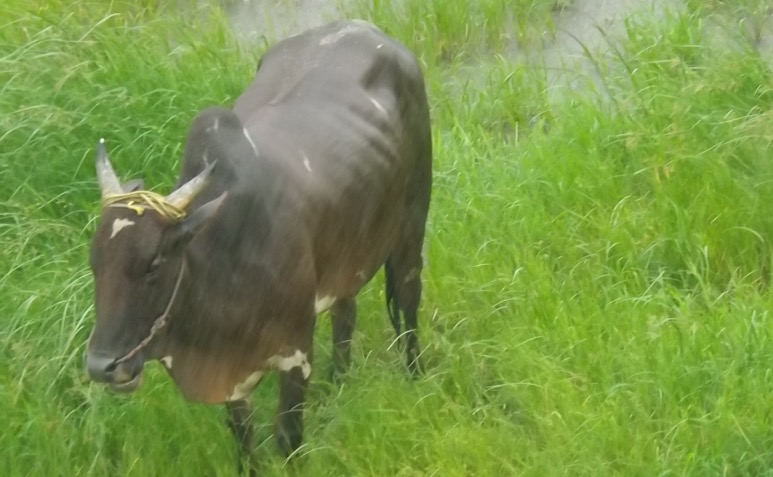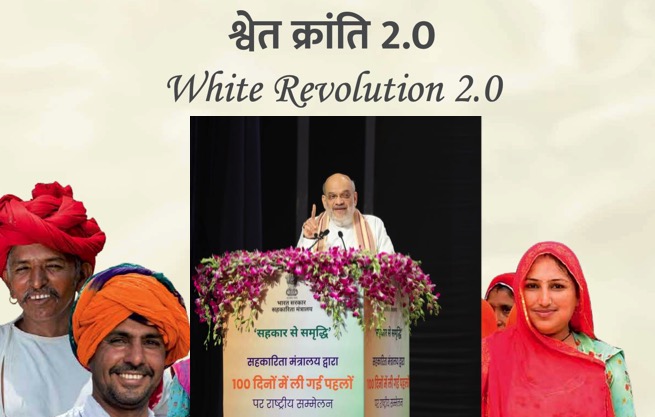India’s regional taste profiles are seen as providing great potential for dairy players to unlock the next level of growth in value-added segments. One of the leaders in the segment, Mother Dairy bets big on the taste of the regions as it launches a range of ice creams with local flavours besides its popular Mishti Doi in the value-added segment. Manish Bandlish, Managing Director, Mother Dairy spoke to businessline on the sidelines of the Food Conclave 2023 at Hyderabad on strategy and challenges for growth.
How promising is the value-added segment in dairy and how do you see that growing?
The value-added segment in dairy is growing at a very fast pace. Most of the value-added categories are growing upwards of 20 per cent. People are becoming conscious about the quality. They are converting at a very fast pace. Due to urbanisation and education, a lot of young people want to try and adapt to value-added products. I think our sector is giving them a great quality. So, the success is very strong.
How big is the value-added segment for Mother Dairy? And what is your strategy for growth?
We are very strong on value-added products and our share is strong and upwards of 30 per cent in the total milk system. Our value-added segment grows at five times the growth seen in milk. We are constantly innovating and introducing new products. We are also increasing our distribution network and reach so that our customers can access us.
You talked about developing the taste of the region. How are you pursuing that?
India is a huge country. Taste profiles change every few kilometres. So, adapting the industry to the localised taste is extremely important. We have an example of Misti Doi and the other curd format product of Yoghurt, which is sort of an alien product as it is a European concept into India. Adaptability of that product is not so great versus Mishti Doi. Across value-chain, across communities, across geographies, we have to find those successful categories and successful taste patterns and make sure that we deliver quality products in these categories.
Do you have any immediate product in mind to develop and tap the regional flavour?
We keep tapping regional flavours. We have launched 15 different varieties of ice cream – all are local flavours. We don’t go for international flavours – not that we are averse to it. But there are many marketable Indian taste profiles that are good enough for us to grow.
Are there issues or challenges that you see coming across your way for growth?
This industry is very cost-dominant. Over 80 per cent of my revenue goes back to the farmers. So the gross margins are very limited. Hence, we have to be very cost conscious on both aspects – sourcing and processing. Any change in input cost affects farmer income. Last year, we saw an LSD outbreak, unfavourable weather, and feed prices going up, which affected farmers. And we have to compensate them. I have to absorb as much as possible before I pass on to consumers. This affects our profitability in the overall value chain. This is an ongoing challenge, nothing new to the industry. It is cyclical. Every two-three years, we face such challenges and we try to overcome that. There is absolutely no impact on sustainability.






























